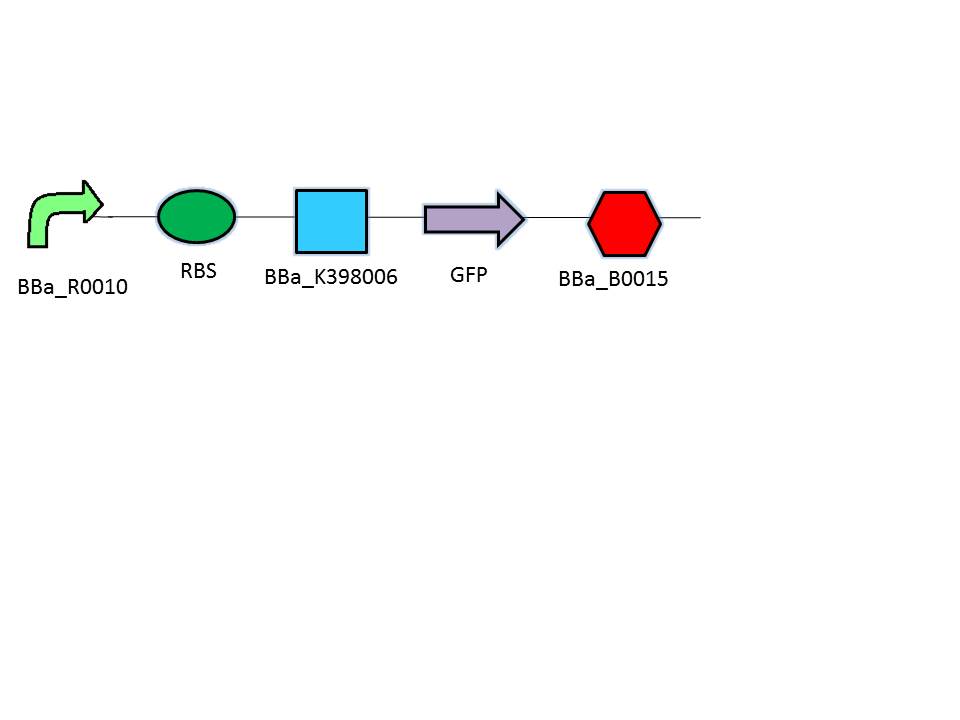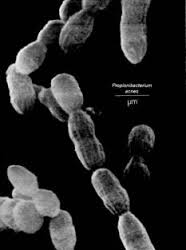Team:Montgomery Cougars NJUSA/Project
From 2014hs.igem.org
(→Final Design) |
(→Final Design) |
||
| Line 39: | Line 39: | ||
==Final Design== | ==Final Design== | ||
| - | |||
<center>[[File:geneticmap.jpg]]</center> | <center>[[File:geneticmap.jpg]]</center> | ||
| - | + | <center>[[File:geneticmap2.jpg]]</center> | |
Promotor: BBa_R0010 | Promotor: BBa_R0010 | ||
<br/>RBS: BBa_B0034 | <br/>RBS: BBa_B0034 | ||
Revision as of 23:52, 15 June 2014
Contents |
Project
Resources
- Pathogenesis of Acne
- Selecting the Gene
- Registry Parts
- Mathematical Model
- Acknowledgements
- Testimonials
- References
Background
The Role of P. Acnes in Acne Vulgaris
The bacteria Propionibacterium acnes is responsible for the condition called Acne Vulgaris, more commonly known as acne. Although P. Acnes is not an issue for most people, there are certain virulent strains that exacerbate acne inflammation. The bacteria thrives in the presence of lipids, specifically sebum, which serves as the primary source of the bacteria's energy and sustenance. An increase of sebum production attracts bacteria into hair follicles, where the bacteria can multiply and colonize, resulting in an inflammatory reaction of cysts and pustules, which can lead to acne scars.
Description
For the 2014 Competition season, Montgomery_Cougars_NJUSA aims to create a better solution for acne reduction. Acne is a problem that affects nearly 80% of American adolescents. Unfortunately, this widespread problem does not have a concrete solution. Proactiv, a leading acne medication company, uses benzyl peroxide and/or salicylic acid and bacteria alike to shed the skin and this unclog pores from the patient’s face. This method is moderately painful and is not always 100% effective. So, to combat this widespread ailment, Montgomery iGEM has decided to take a different approach.
In an effort to create a less invasive treatment we decided to produce an enzyme to break down the sebum on human skin, thereby reducing the bacteria's source of energy and ability to colonize. Because sebum is made of triglyceride oils, wax esters, squalene, and metabolites of fat-producing cells, we sought a group of enzymes that would break down these components. Through our research, we have concluded that there is a positive correlation between patients with acne and presence of triglycerides and wax esters. Our mechanism ultimately focused on targeting these substances. In reducing these substances, we effectively deplete the food that the P. acne bacteria needs to thrive and elicit the inflammatory response we perceive to be acne.
Enzyme/Gene Selection: The Process
When we first started our product research, we had many considerations to address. At first, we planned on creating an antibiotic that would directly combat the bacteria. Once we realized that making a bacteria, namely E. Coli, synthesize a protein to break down other bacteria was much beyond our scope, we decided to focus on what exactly makes the bacteria thrive. Thus, we moved onto examining the sebum within the skin that allows bacteria to grow and indirectly create the inflammatory response known as acne. As mentioned before, sebum is composed of wax esters, triglycerides, squalene among other lipids and fats native to the skin of humans. We hypothesized that if we limited the food supply for the bacteria, the persistence of acne would decrease.
Finding a way to break down the components of squalene was a challenge in itself. Our research revealed that sebum is primarily broken down through beta oxidation, which involves the removal of hydrogen by dehydrogenase enzymes, however, it was extremely difficult to find a suitable dehydrogenase for our mechanism. The most prevalent component of sebum is sapienic acid, which plays a key role in the formation of acne. Sapienic acid is difficult to break down because of its carboxylic functional group, which is rarely targeted by the body's natural array of enzymes. We unsuccessfully tried to find an enzyme to target carboxyls. Our breakthrough came in late May, when we found that another component of sebum, wax esters, could be broken down by the method we had previously proposed. Wax esters contain alcohol functional groups that our mechanism targets. Thus, at least theoretically, we have created an alternative method to reduce acne production in humans.
Final Design


Promotor: BBa_R0010
RBS: BBa_B0034
Protein Coding Domain: BBa_K398005 or BBa_K398006
Signal Protein: BBa_E0040
Terminator: BBa_B0015
Our design for our biological part includes the standard promotor, RBS and Terminator. The functioning part of the gene includes either Medium Chain Alcohol or Aldehyde Dehydrogenase. The GFP protein is also included to act as a signal showing that the recombination was successful.
The medium chain alcohol and Aldehyde Dehydrogenase serve to change the shape of the lipids that comprise sebum, thus rendering the lipids incapable of being P. acnes's nutrient source.
 "
"
